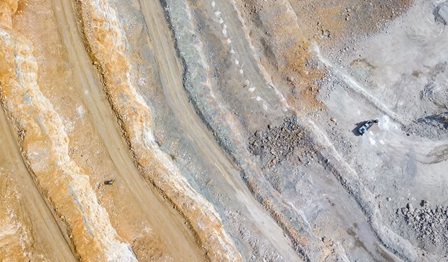
Middle East & Asia towards a 100% renewable energy future
Middle East and Asia is set to become a key driver of world energy trends over the coming decades as countries commit to decarbonisation targets while their energy demands grow.
We believe careful planning of power systems towards more sustainable and diversified energy supply portfolios can save billions and rapidly reduce CO2 emissions. We create value through our extensive power system knowledge and experience from integrating different generating assets.
On this page, you may find our best materials and proceedings in decarbonising Middle East & Asia.
References in Middle East & Asia
of engine power plant capacity installed.
of energy storage capacity installed.
of installed base under service agreement.

Reports
Press releases
Wärtsilä’s report shows: Southeast Asian countries can smoothly transition to net zero by mid-century, slashing emissions and the carbon tax cost burden
Power system modelling by the global technology group Wärtsilä has revealed that renewable-based power systems, backed by grid balancing engines and energy storage, can enable Southeast Asian countries to reach net zero by mid-century whilst cutting the levelised cost of electricity (LCOE) by over 20%, when taking into account likely future carbon taxes.
The modelling, published in Rethinking Energy in Southeast Asia report, simulates the paths to net zero emissions in three major Southeast Asian power systems: Vietnam; the island of Sulawesi in Indonesia; and the island of Luzon in the Philippines.
The study shows that a combination of renewables plus flexibility, provided by balancing engines and energy storage, can reliably meet the increasing power demand. In all the countries modelled, the ‘Net Zero’ scenario shows that inflexible fossil fuel assets, such as coal or combined cycle gas turbines (CCGTs), should be phased out. New investments should focus on adding renewable energy sources, increasing flexible capacity, and developing sustainable fuels such as green hydrogen.
Key findings:
Wärtsilä’s modelling shows how the lowest cost existing energy technologies can be deployed to meet future power demand. The modelling is based on varying levels of emissions, including scenarios simulating 50% and 80% emission reductions, as well as net zero emissions. The modelling also showed a ‘Business As Usual’ (BAU) scenario which did not restrict emissions. Critically, when factoring in the International Energy Agency’s (IEA) upper forecasted carbon prices, the studies show that the LCOE in these net zero power systems is at least 20% lower than the BAU scenarios:
- Vietnam’s net zero power system costs 20% less by 2050 than BAU. This would avoid nearly 28 billion USD per year in forecasted carbon taxes.
- A net zero system in Luzon, the Philippines costs 23% less by 2040 than BAU. This would avoid over 6 billion USD per year in forecasted carbon taxes.
- A net zero system in Sulawesi, Indonesia costs 23% less by 2060 than BAU. This would avoid over 1 billion USD per year in forecasted carbon taxes.
“Southeast Asia is experiencing unprecedented fuel price increases and volatility, increasing year-on-year demand for power, plus massive exposure to intensifying climate-induced extreme weather. Amidst this uncertainty, results of our study clearly show: by creating renewable and scalable power systems the region can sustain future growth, jobs, and prosper in this new normal of fossil fuel volatility and emission constraints,” said Sushil Purohit, President of Wärtsilä Energy and Executive Vice President, Wärtsilä Corporation.
To achieve the major benefits of net zero power systems, policymakers and regulators need to incentivise the addition of more flexible capacity in Southeast Asia. Based on findings from power system modelling and local expertise from operating in these regions, Wärtsilä recommends the following considerations for capacity planning and policy development:
- Recognise that inflexibility comes at a cost, for example in the form of higher fuel consumption or the need to curtail renewables (which cannot be fully utilised by inflexible power systems).
- Encourage and plan for more flexible capacity through power system planning, regulations, tenders, and revenue mechanisms to ensure the financial viability of flexible assets.
- Establish well-functioning ancillary services and balancing markets to support grid stability and renewable integration.
Explore more on our Rethinking energy in Southeast Asia web page.
Image: Potential benefits of net zero power systems in Vietnam, the Philippines and Indonesia according to Wärtsilä's power system modelling in a newly launched report.© Wärtsilä Corporation
Media contact for more information on this release:
Mirja-Maija Santala
Manager, Marketing & Communications
Wärtsilä Energy
Mob: +358 400 793 827
mirja-maija.santala@wartsila.com
All Wärtsilä releases are available at https://www.wartsila.com/media/news-releases and at http://news.cision.com/wartsila-corporation where also the images can be downloaded.
Wärtsilä Energy in brief
Wärtsilä Energy leads the transition towards a 100% renewable energy future. We help our customers in decarbonisation by developing market-leading technologies. These cover future-fuel enabled balancing power plants, hybrid solutions, energy storage and optimisation technology, including the GEMS energy management platform. Wärtsilä Energy’s lifecycle services are designed to increase efficiency, promote reliability and guarantee operational performance. Our track record comprises 76 GW of power plant capacity and 110 energy storage systems delivered to 180 countries around the world.
https://www.wartsila.com/energy
Wärtsilä in brief
Wärtsilä is a global leader in innovative technologies and lifecycle solutions for the marine and energy markets. We emphasise innovation in sustainable technology and services to help our customers continuously improve their environmental and economic performance. Our dedicated and passionate team of 17,000 professionals in more than 200 locations in 68 countries shape the decarbonisation transformation of our industries across the globe. In 2021, Wärtsilä’s net sales totalled EUR 4.8 billion. Wärtsilä is listed on Nasdaq Helsinki.
www.wartsila.com
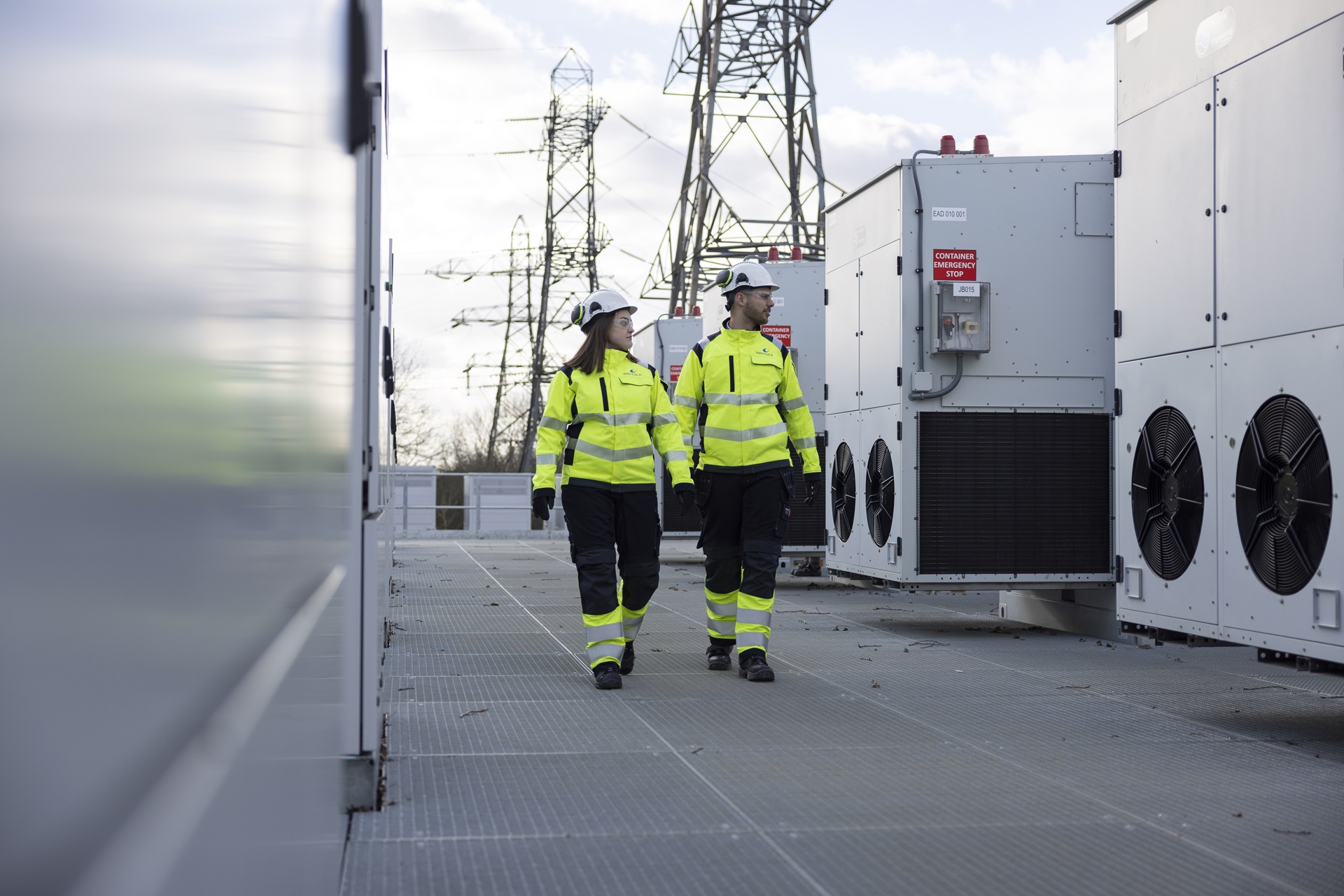
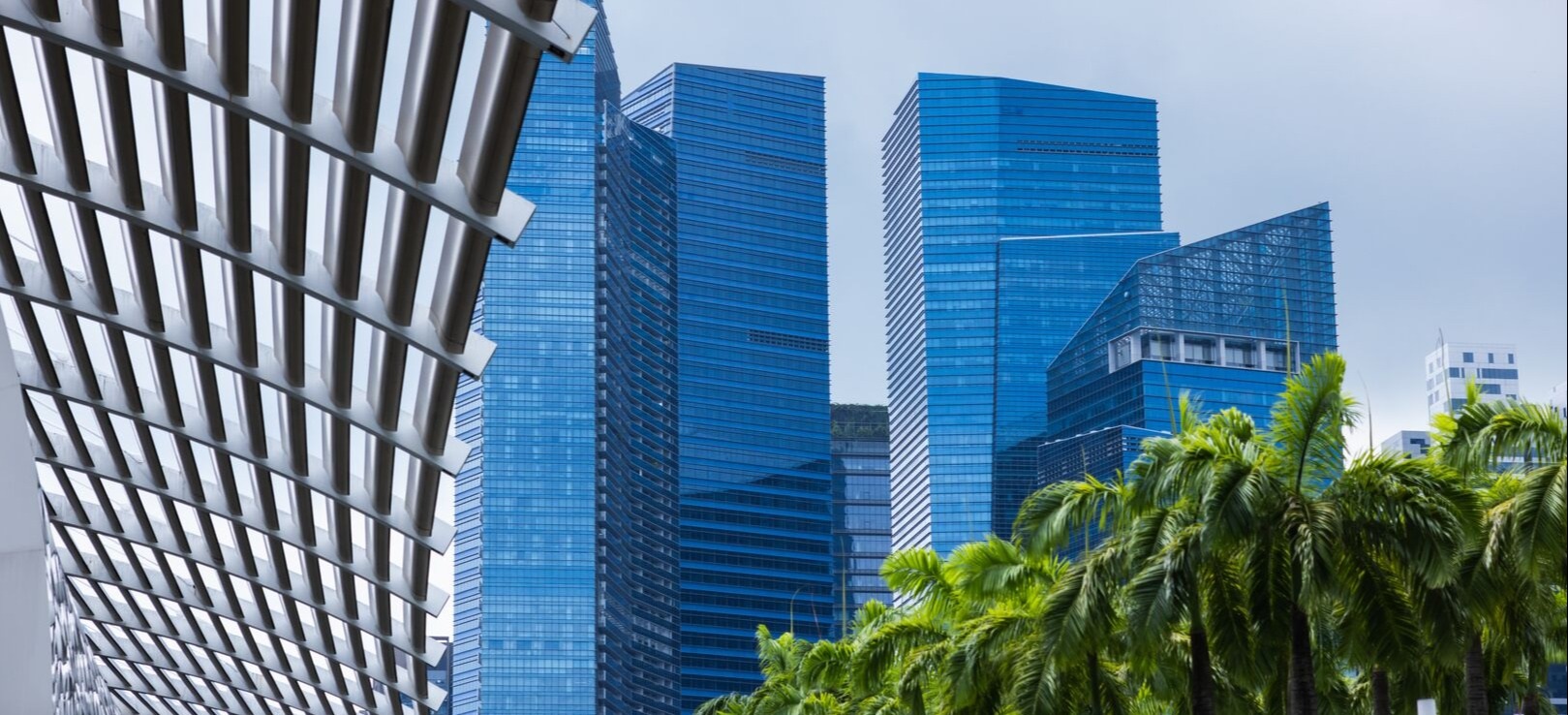
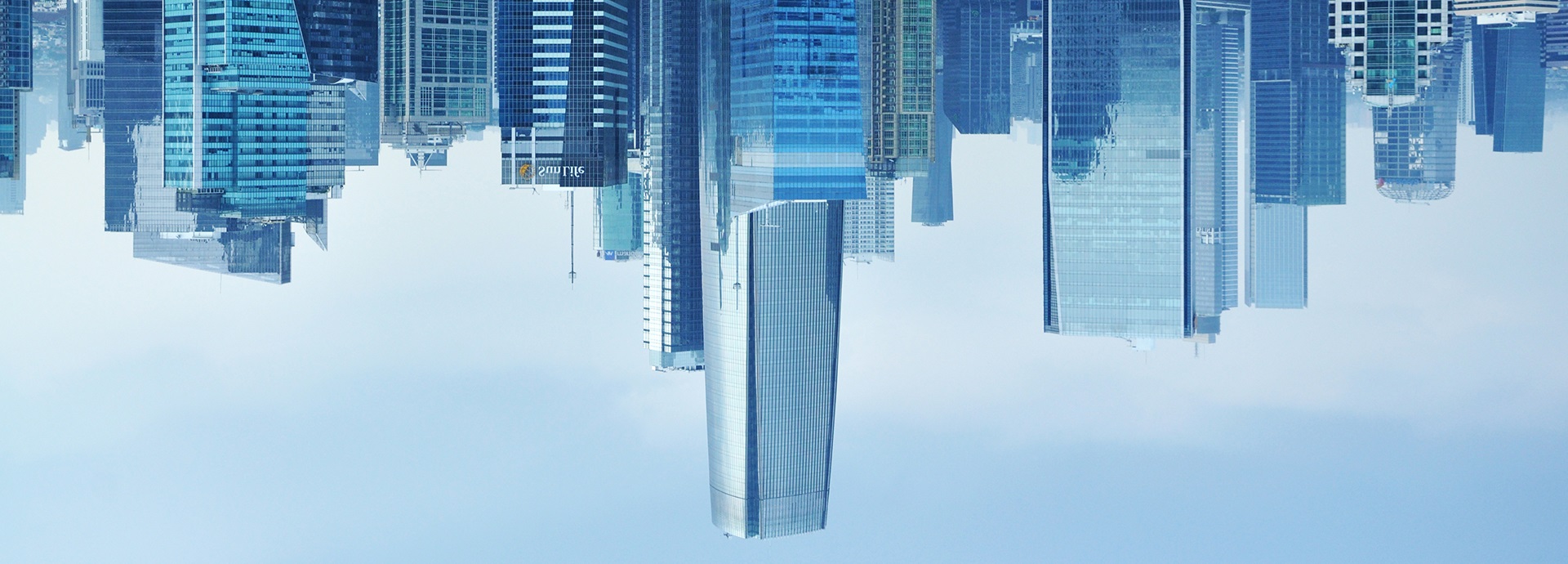



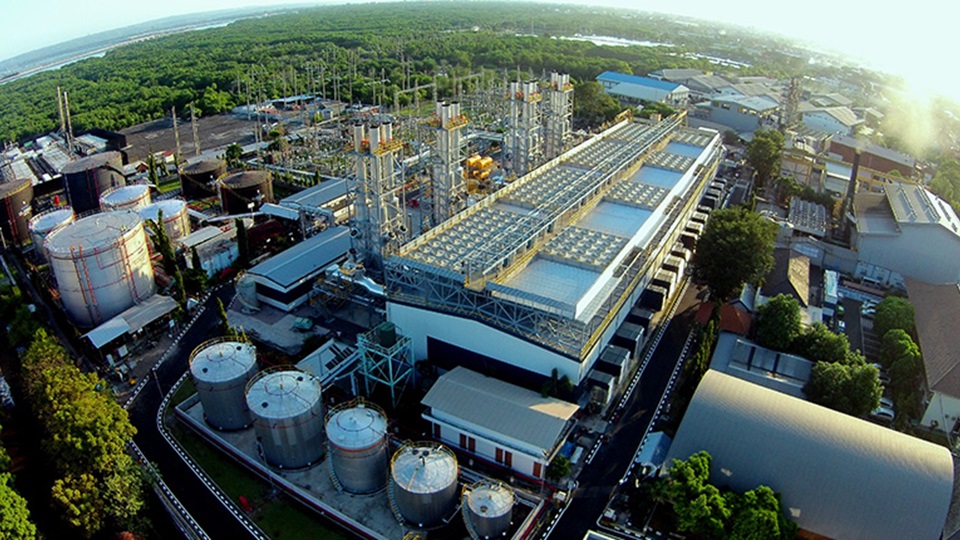
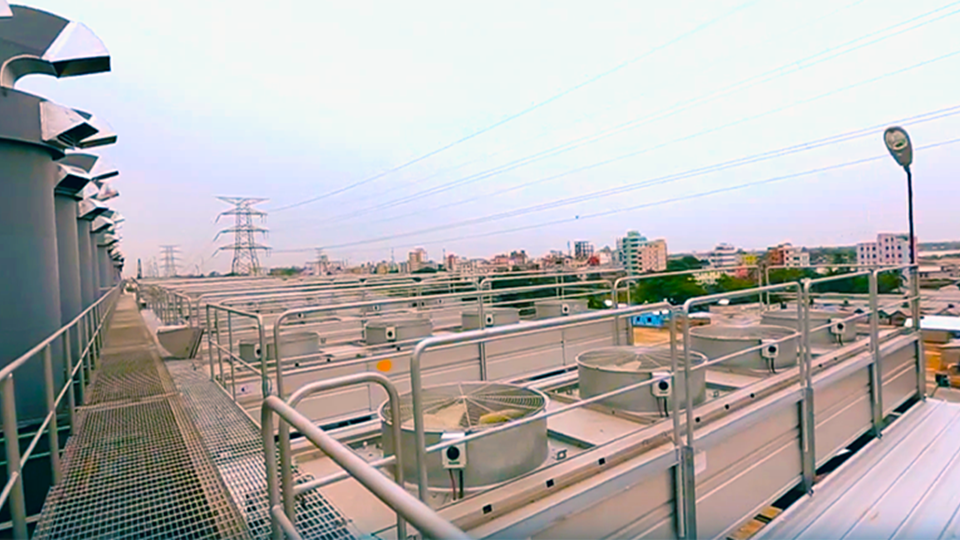

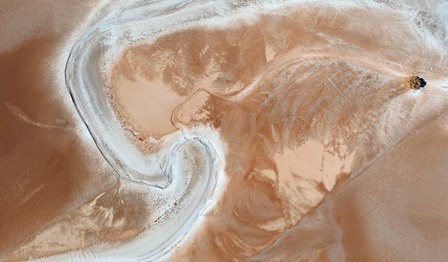

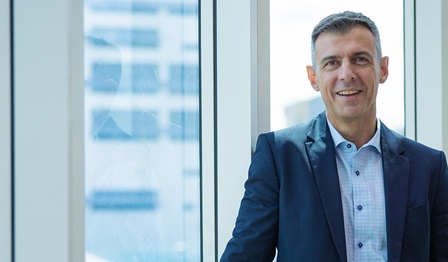
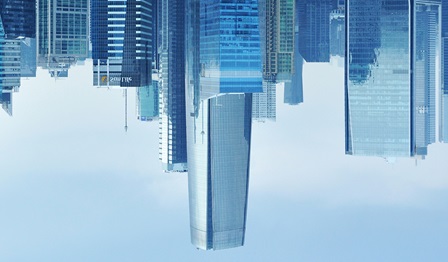
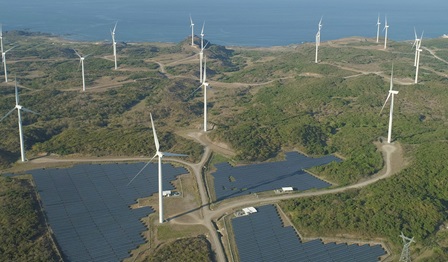

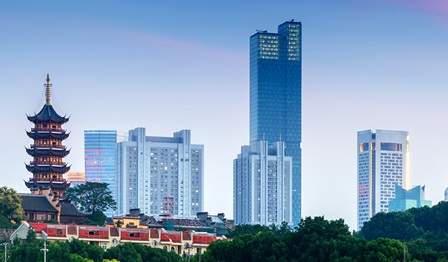

.tmb-448x262.png?Culture=en&sfvrsn=7d8ce645_2)
